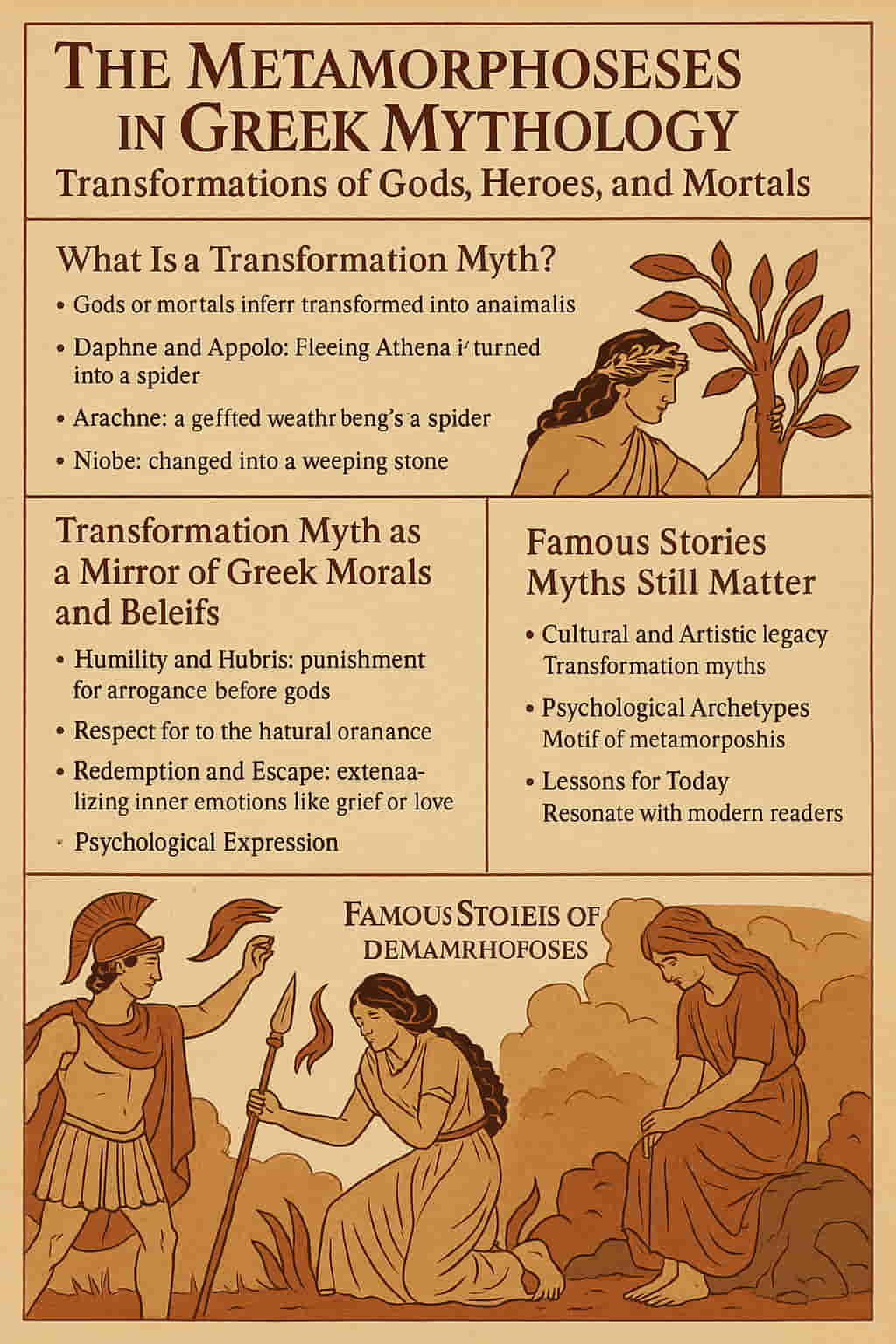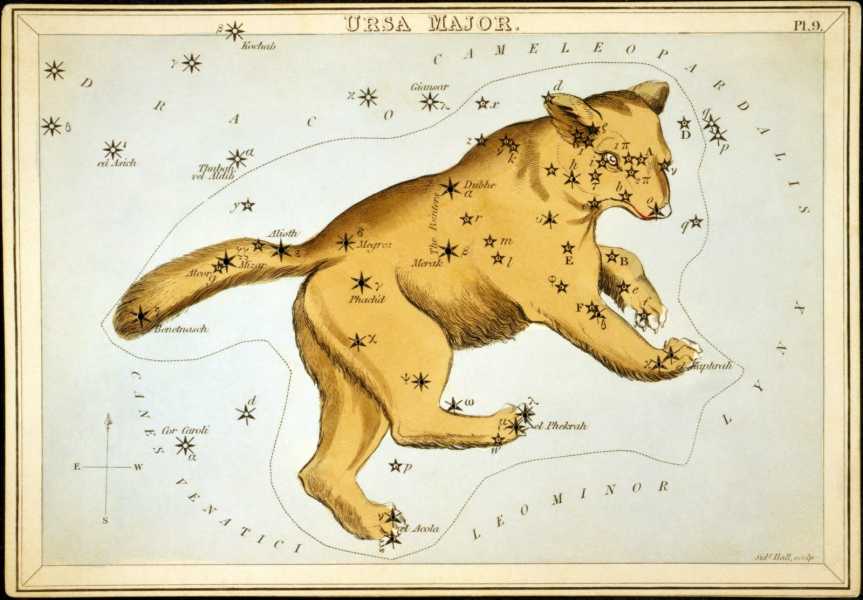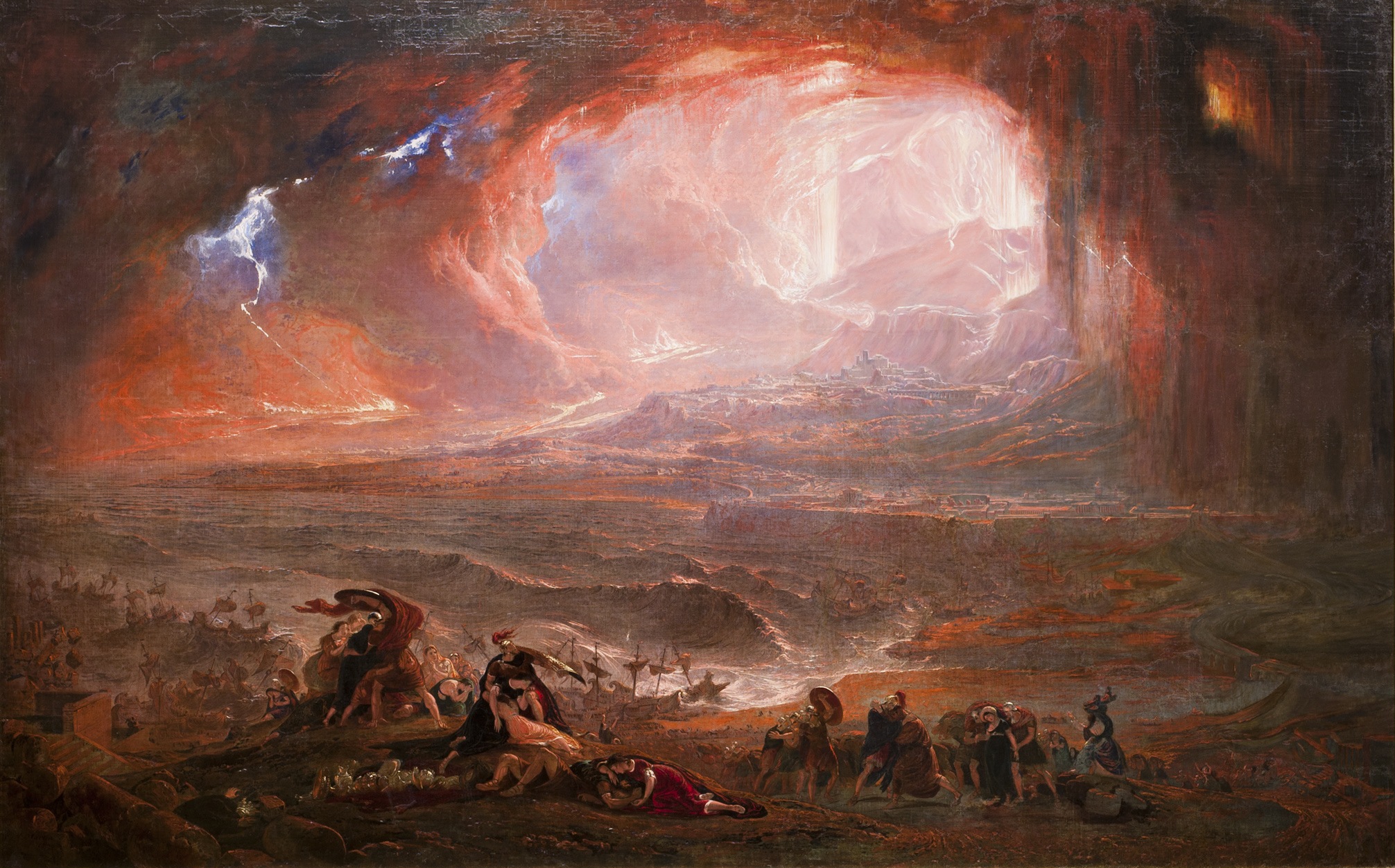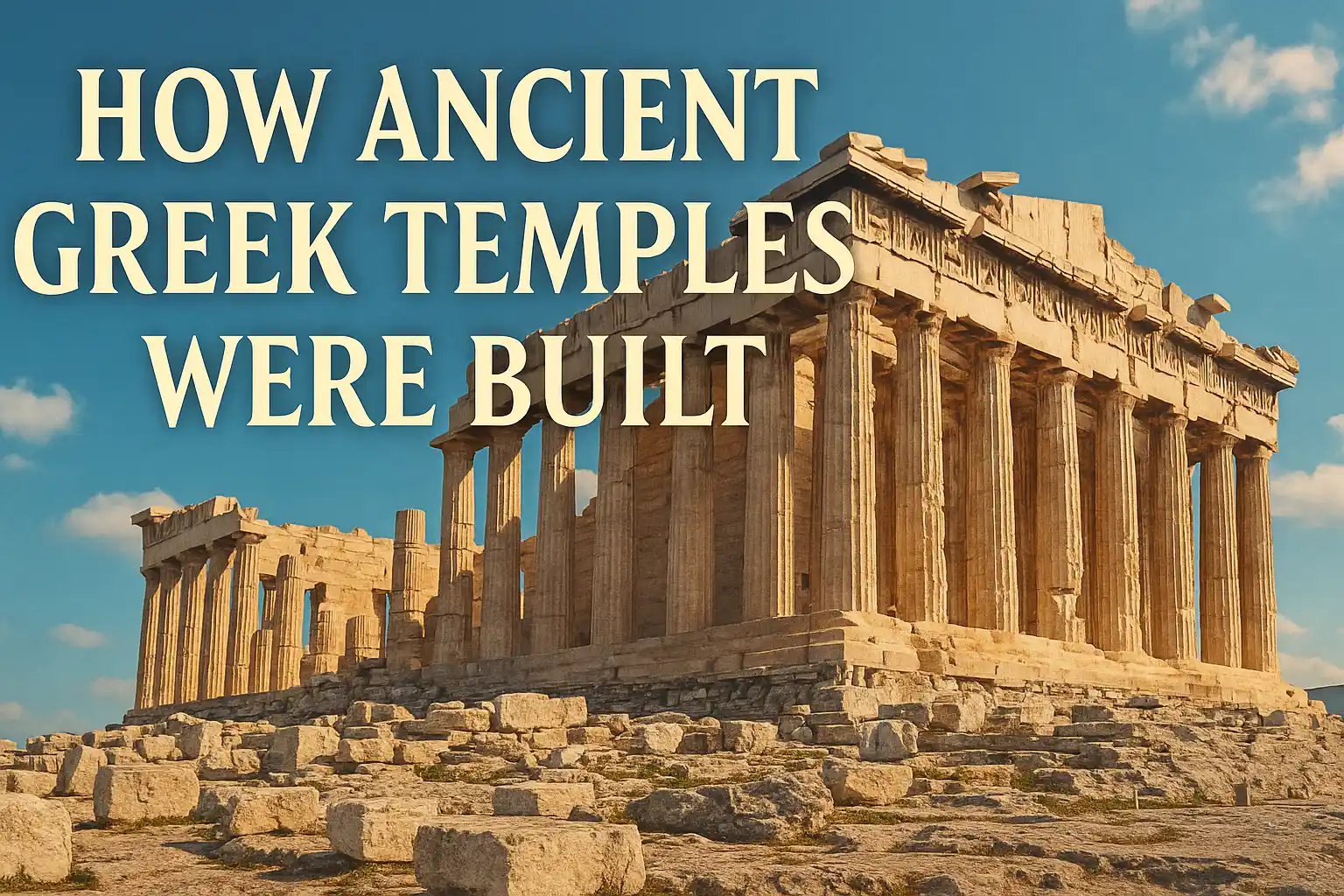
Early in Greek mythology, the concept of mythological metamorphosis emerges as a powerful symbol of change and destiny. From gods altering their form to humans punished or rewarded through transformation, these stories have endured as fundamental pillars of Western cultural heritage and symbolic storytelling.
In this article, we explore transformation myths—the selected SEO keyword—examining their origins, meaning, and enduring influence. We’ll see how ancient tales of metamorphoses reflect psychological truths, cultural values, and timeless human experiences. We’ll also reference authoritative sources from classical scholarship and reputable cultural institutions to deepen our understanding.
What Is a Transformation Myth?
A transformation myth describes a story in which a divine or mortal figure is physically changed—into an animal, plant, or celestial object—as part of a moral lesson, punishment, reward, or escape. These tales are often dramatic, full of emotion, and serve both an entertaining and didactic purpose.
For example:
-
Daphne and Apollo: Fleeing Apollo’s pursuit, Daphne begs her father, the river god Peneus, for help—and becomes a laurel tree.
-
Arachne: A gifted weaver who mocks Athena is turned into a spider so she can weave forever.
-
Niobe: After her arrogance leads her to insult Leto, Niobe is changed into a weeping stone.
Although metamorphosis itself appears in later poets like Ovid, its roots can be traced back to early oral traditions in Greece, long before any poet recorded these stories in writing.
H2: Transformation myth as a Mirror of Greek Morals and Beliefs
The stories of transformation reveal cornerstone values of ancient Greek culture: humility before the gods, respect for nature, the importance of moderation. These values are encoded in dramatic tales of divine judgment.
-
Humility and Hubris
Many victims of metamorphosis are punished for hubris. Arachne’s transformation into a spider exemplifies the dangers of overweening pride toward the divine—a caution echoed in many Greek myths. -
Respect for the Natural Order
Numerous transformations involve metamorphosis into natural forms—trees, animals, stones. It’s as though the transformed being is returned to a more “natural” state or condition. -
Redemption and Escape
Not all transformations are punishments. Daphne’s transfiguration into a laurel saves her from Apollo; his eventual consecration of the laurel wreath signifies a kind of sacred protection. -
Psychological Expression
These stories often externalize inner turmoil—grief, love, wrath—through physical change. Niobe becomes stone from grief, while Cyparissus becomes a cypress tree as a symbol of mourning.
By reimagining human experiences in concrete, physical form, transformation myths bring abstract emotions vividly to life.
Famous Stories of Metamorphoses
Let’s explore some of the most compelling tales of metamorphosis from Greek mythology:
1. Daphne and Apollo
Desperate to escape Apollo’s pursuit, Daphne transforms into a laurel tree—with her hands becoming branches and her feet turning to roots. Apollo then honors her by making the bay laurel his sacred plant. This myth has influenced Western literature, art, and even modern symbols of victory and achievement.
2. Arachne
Arachne, a talented mortal weaver, dares to challenge Athena and produces tapestries mocking the gods. Enraged, Athena transforms her into a spider destined to weave forever. This tale warns against pride and disrespect toward divine authority.
3. Niobe
Boasting of her fertility and insulting Leto, mother of Apollo and Artemis, Niobe provokes their wrath. The divine twins slay her children, and Niobe, stricken by grief, becomes a weeping stone—her tears eternally flowing. The transformed Niobe embodies sorrow and the dangers of pride.
4. Cyparissus
Cyparissus accidentally kills his beloved stag and is consumed by grief. To mourn his loss eternally, he becomes a cypress tree. His story reflects love, loss, and the symbolic origin of the cypress’s association with mourning in Greek and later Roman culture.
5. Philomela and Procne
After a horrifying assault, Philomela cannot speak but weaves her story into a tapestry. In revenge and escape, the sisters are turned into a nightingale and a swallow, forever vocalizing sorrow. This metamorphosis sheds light on communication, trauma, and women’s poetic power.

Why Transformation Myths Still Matter
Cultural and Artistic Legacy
These myths have inspired countless works of art—from classical vases to Renaissance paintings and modern sculptures. The story of Apollo and Daphne, for example, was immortalized by Bernini in marble. Many contemporary authors and filmmakers echo themes of metamorphosis in stories like Black Swan, Metamorphosis by Kafka, or the world of Wonder Woman.
Psychological Archetypes
According to modern psychology, metamorphoses can be archetypal expressions of fundamental human experiences: shame, trauma, redemption, rebirth. The psychologist Carl Jung would say that the motif of becoming something else symbolizes inner transformation or shadow integration.
Lessons for Today
Today, we’re living in a time of identity shifts—cultural, personal, and digital. The ancient transformation myths resonate with modern readers because they dramatize change. Whether career reinvention, navigating new cultures, or self-discovery, these stories remain emotionally powerful and relevant.

Interpreting transformation myth in Modern Context
How might we reinterpret these ancient metamorphoses in contemporary terms?
-
Digital Transformations
In an era of avatars and virtual identities, transformation takes on new meaning. We can see powerful parallels to Daphne’s flight or Niobe’s grief in online personas or social media facades. -
Environmental Awareness
Many transformations involve nature—trees, animals, rivers. These stories can remind us of our bond with the environment. For instance, Daphne as a laurel tree reflects nature’s transformative power and fragility. -
Psychological Renewal
Perhaps the most hopeful reading is metamorphosis as rebirth. Just as a caterpillar becomes a butterfly, humans have the capacity for radical change under crisis or enlightenment. -
Artistic Inspiration
Writers, musicians, and artists continue to reinterpret these transformations. For example, Maurice Sendak’s Where the Wild Things Are echoes the theme of wild to human—or human to wild—mirroring mythic change.
Structural Patterns in Transformation Myths
Five recurring elements appear across many transformation myths:
| Element | Description |
|---|---|
| Pursuit/Evasion | A mortal flees a god or vice versa (e.g. Daphne and Apollo). |
| Crime or Error | A sin, mistake, or hubristic act sets events in motion (e.g. Arachne). |
| Divine Intervention | A god or divine force enacts transformation. |
| Physical Alteration | The actual metamorphosis takes place (tree, animal, stone). |
| New Meaning or State | The change has symbolic, structural, or cultural meaning. |
These story beats repeat across centuries and cultures—Greek mythology is not unique, but its mastery is unmistakable.
On Ancient Sources and Artistic Representations
Originally passed down orally, these metamorphosis tales were later written by poets like Hesiod and dramatized in vase-painting. Ovid’s Metamorphoses, though Roman, offers a sweeping poetic compilation of Greek and Roman myths—testament to their cross-cultural impact. Modern archaeologists continue to find vase paintings and statues that reflect these stories: the Cleveland Museum of Art and the British Museum both house striking examples of Daphne or Arachne imagery.
If you’re interested in exploring original artifacts, check out the Metropolitan Museum of Art’s Greek vase collection.
FAQ: Common Questions About Transformation Myths
Q1: What is the difference between a transformation myth and a shapeshifting story?
A transformation myth involves a permanent or symbolic change, often with moral consequences. Shapeshifting—found in later folklore and fantasy—can be temporary and doesn’t always carry moral weight.
Q2: Are transformation myths exclusive to Greek culture?
No. Nearly every mythic tradition—Celtic, Norse, Hindu—features legends of metamorphosis. But Greek versions often have unique moral or psychological motifs, as seen in the Apollo–Daphne or Arachne myths.
Q3: How did Ovid influence our understanding of metamorphosis myths?
Though a Roman poet, Ovid’s Metamorphoses (8 AD) compiled and adapted Greek stories into a rich narrative tapestry, shaping Western literary tradition for centuries.
Q4: What lessons do transformation myths teach today?
They teach humility, respect for nature, and the possibility of redemption. They also validate change—personal, spiritual, environmental—as an essential part of the human journey.
Q5: Where can I find visual art related to Greek transformations?
Museums like the Met, British Museum, and the Louvre host statues, vase paintings, and frescoes depicting transformations like Daphne, Arachne, and Niobe. Their online collections are freely accessible.
Q6: Can transformation myths be used in modern storytelling or therapy?
Absolutely. Writers use them to dramatize personal growth, while psychologists sometimes reference metamorphosis as a metaphor for healing or identity change.




